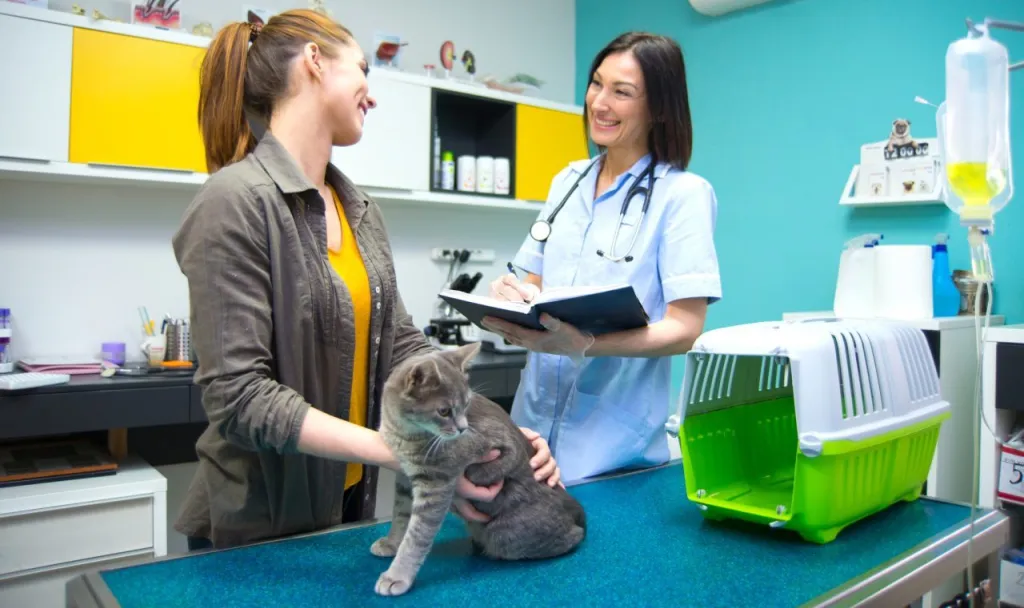As a cat owner, you cherish your fur baby and want to ensure their health and well-being. However, unforeseen accidents or illnesses can lead to significant veterinary expenses. This is where pet insurance for cats comes into play. In this comprehensive guide, we will explore the benefits of cat insurance, how it works, factors to consider when choosing a plan, and important questions to ask the insurance company before purchasing a policy.
By understanding the ins and outs of cat insurance, you can make an informed decision and provide your beloved cat with the care they deserve.
Is pet insurance worth it for cats?
One of the common questions that cat owners ask is whether pet insurance is worth it. The answer depends on various factors, including your cat’s age, breed, and overall health. Pet insurance can be beneficial for cat owners, especially considering the rising costs of veterinary care. It provides financial protection, ensures timely medical attention, and grants you peace of mind. By paying a monthly or annual premium, you can protect yourself from unexpected expenses and provide your cat with the necessary healthcare without compromising your budget.
How does pet insurance work?
Pet insurance operates similarly to human health insurance. When you purchase a policy, you pay regular premiums in exchange for coverage. The specific details may vary depending on the insurance company and the plan you choose. In general, when your cat requires veterinary care, you will pay the veterinarian upfront and then submit a claim to the insurance company. The company will review the claim and reimburse you according to the terms of your policy, typically a percentage of the eligible expenses. It’s crucial to understand the coverage limits, deductibles, and reimbursement levels outlined in your policy.
Factors to consider when choosing a plan
Coverage options
Evaluate the coverage offered by different plans. Consider whether you want coverage for accidents only, accidents and illnesses, or a more comprehensive plan that includes routine care.
Premiums
Assess the monthly or annual premiums and ensure they fit your budget. Keep in mind that premiums can vary based on factors such as your cat’s age, breed, and location.
Deductibles
Determine the deductible amount you are comfortable with. A higher deductible usually means lower premiums, but you will pay more out of pocket before insurance coverage kicks in.
Reimbursement levels
Check the reimbursement percentage offered by the insurance company. It can range from 70% to 100% of eligible expenses.
Exclusions and waiting periods
Understand what is excluded from coverage, such as pre-existing conditions or hereditary illnesses. Additionally, be aware of any waiting periods before certain conditions become eligible for coverage.
Claim process
Research the ease and efficiency of the claim process. Find out how claims are submitted, how long they take to process, and what documentation is required.
Pet insurance companies
There are many pet insurance companies on the market. It may be overwhelming to sift through them all. Here are some pet insurance companies vetted by Forbes Advisor to get you started on your search.
Embrace
Best for: Superior coverage. Also, a wide variety of plans.
Maximum annual coverage: $5,000, $10,000, Unlimited
Reimbursement rates: 70%, 80%, 90%
Deductibles: $100, $250, $500
Healthy Paws
Best for: Unlimited annual coverage. Also, alternative therapy coverage.
Maximum annual coverage: Unlimited
Reimbursement rates: 70%, 80%, 90%
Deductibles: $100, $250, $500, $1,000
Paw Protect
Best for: Paying claims instantly. Also, optional line of interest-free credit for vet bills.
Maximum annual coverage: $5,000, $10,000, Unlimited
Reimbursement rates: 70%, 80%, 90%
Deductibles: $100, $250, $500
Spot
Best for: Adjustable benefits levels.
Maximum annual coverage: $2,500, $4,000, $5,000, $10,000, Unlimited
Reimbursement rates: 70%, 80%, 90%
Deductibles: $100, $250, $500, $750, $1,000
ManyPets
Best for: Competitive pricing. Also, low out-of-pocket claims.
Maximum annual coverage: Unlimited
Reimbursement rates: 70%, 80%
Deductibles: $500, $750
Fetch
Best for: Accident and illness claims. Also provides dental and illness/disease coverage.
Maximum annual coverage: $5,000, $10,000, Unlimited
Reimbursement rates: 70%, 80%, 90%
Deductibles: $250, $300, $400
Questions to ask the insurance company before you purchase a policy
- What is considered a pre-existing condition?
- Are hereditary or breed-specific conditions covered?
- Are there any age restrictions for enrolling a cat in the insurance plan?
- What is the waiting period before coverage begins?
- Are there any limits on annual or lifetime benefits?
- How are premiums calculated, and are they subject to increase based on claims?
- Can I choose my preferred veterinarian, or are there restrictions on network providers?
- Are there any additional benefits or discounts available, such as multi-pet discounts or coverage for alternative therapies?
Moving forward with pet insurance for your cat
Pet insurance for cats can provide invaluable financial protection and peace of mind for cat owners. By carefully considering the factors discussed above and asking the right questions to insurance companies, you can make an informed decision when selecting a policy for your feline friend. Remember, each cat is unique, and their insurance needs may vary. Ultimately, investing in cat insurance can ensure your beloved feline receives the best possible care while alleviating the burden of unexpected veterinary expenses.
For more on managing expenses as a cat owner, check out these veterinarian tips on keeping medical costs down whether you have insurance or not.









